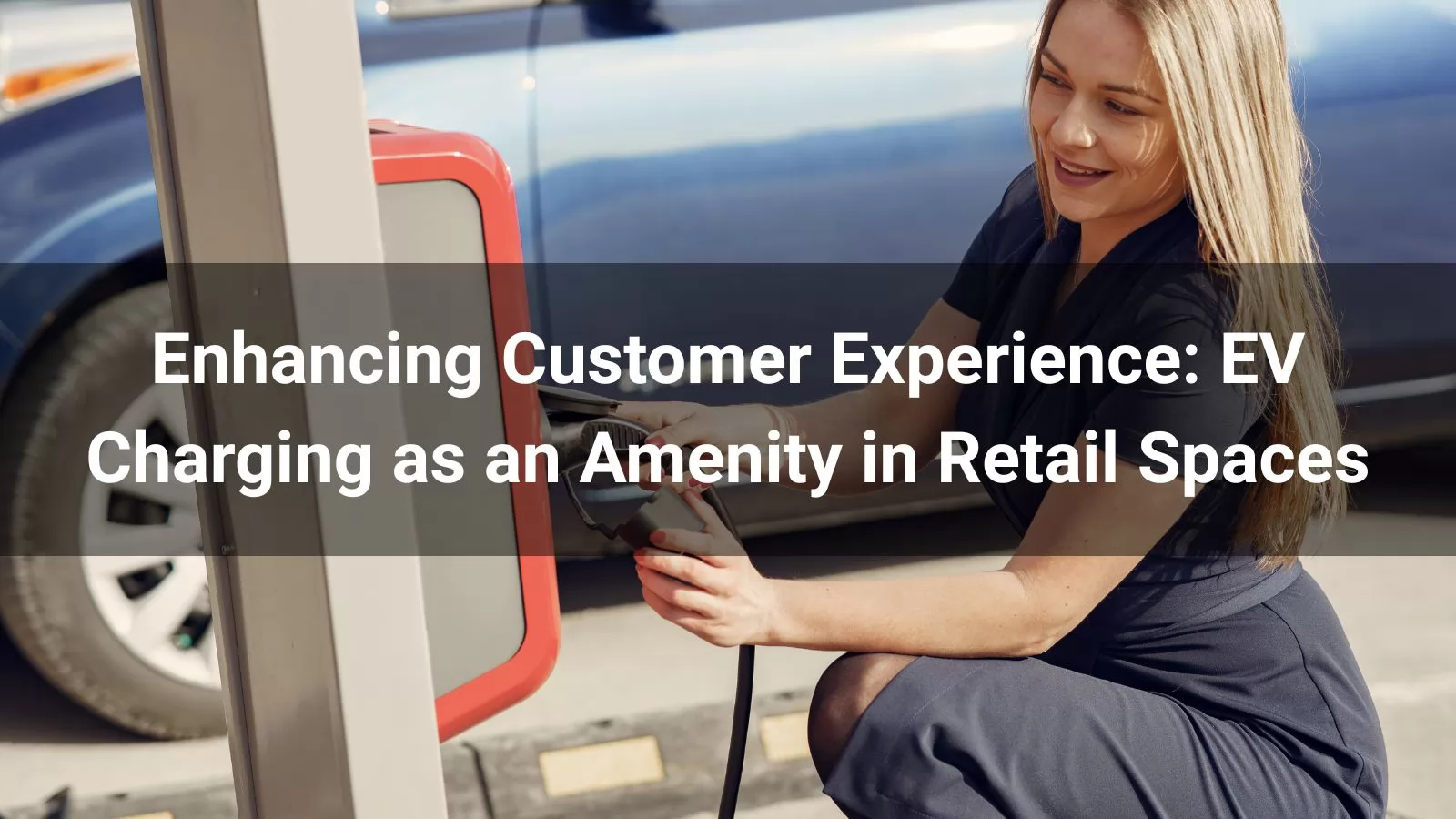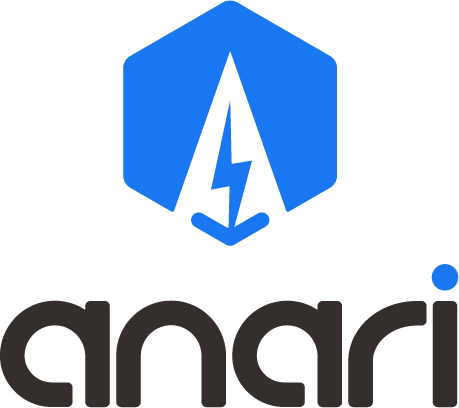
As electric vehicles (EVs) become mainstream, consumer expectations around charging infrastructure are rapidly evolving. EV drivers seek more than just a place to plug in—they expect a seamless, integrated experience aligned with their daily activities. Retail spaces, from shopping malls to grocery stores and lifestyle centers, are uniquely positioned to meet this demand by offering EV charging as a value-added amenity. This transforms charging into a strategic asset, extending stay duration, strengthening branding, unlocking new revenue streams through advertising displays, and delivering seamless payment integration.
Retail success often hinges on how long customers linger. EV charging naturally encourages dwell time, giving drivers a reason to stay on-site for 30 minutes to several hours, depending on charger speed and vehicle type, which often translates into increased spending.
A Level 2 charger may prompt customers to shop leisurely, dine, or explore extended offerings. With high-power DC fast charging, the waiting window becomes more flexible, allowing quicker visits without compromising convenience. EV charging supports the trend of customers preferring multi-purpose destinations, aligning retail spaces with eco-conscious, tech-savvy consumers and encouraging longer, more engaged stays.
Installing visible, well-designed EV chargers reinforces a retailer’s commitment to innovation and sustainability, influencing store preference for environmentally conscious consumers. Surveys show over 60% of EV drivers factor charging availability into their shopping destination choices.
EV chargers offer space for co-branded displays, digital signage, or sponsor-supported messages. Placed near high-traffic entrances or VIP parking, chargers serve as constant brand touchpoints, elevating perception and building trust. They’re not just utilities but extensions of brand identity, signaling a forward-looking, responsible, and customer-focused retail space.
Ease of use is critical for customer satisfaction. For EV drivers, this means intuitive payment systems that avoid app overload or confusing interfaces. Modern chargers integrate RFID, credit/debit cards, mobile wallets, and fleet accounts.
In retail, loyalty apps can offer charging discounts tied to promotions, and digital receipts can link to in-store purchases. For example, a shopper might receive one hour of free charging after spending $50 at participating outlets. These integrations foster cross-channel loyalty and provide measurable ROI by tracking charging’s impact on sales, enhancing overall satisfaction.
Modern EV chargers, especially high-end DC units, double as digital advertising platforms with built-in LCD or LED screens, becoming retail touchpoints for promotional messaging, store highlights, or third-party ads.
Imagine a customer seeing a personalized welcome screen with a 10% discount for an adjacent store or a looped ad for an in-mall event. These displays, manageable remotely and optimized by dwell time or time-of-day data, turn chargers into interactive hubs for monetization and brand storytelling during moments of customer attention.
The choice of hardware is critical for delivering these experiences. The Aquila DC Series from Anari Energy is a future-ready charging solution tailored for retail environments prioritizing performance and user engagement.
The Aquila DC Series is an engagement tool, branding platform, and loyalty generator that integrates seamlessly into retail environments.
EV charging deployment should focus on experience architecture, not just infrastructure. Key takeaways include:
As the EV market grows, retailers must view charging as a frontline customer experience tool. By integrating chargers that extend stay durations, reinforce branding, provide seamless payment integration, and offer smart advertising displays, retail spaces can future-proof their offerings and boost foot traffic and loyalty. The Aquila DC Series exemplifies this evolution, bringing speed, intelligence, and interaction into a retail-optimized package. For retail centers aiming to attract the next generation of drivers and shoppers, EV charging is not just an amenity—it’s a competitive advantage.
Read more:




